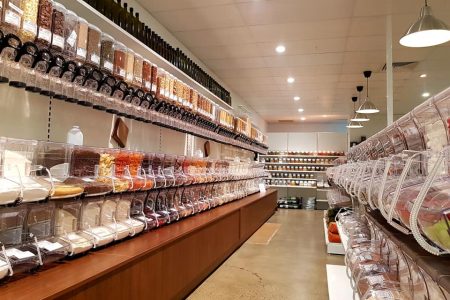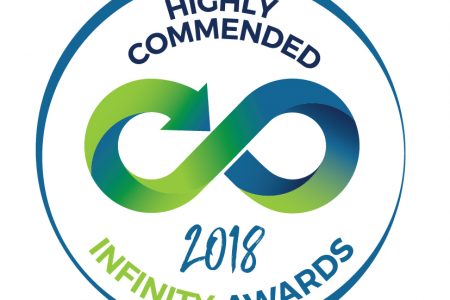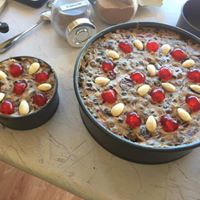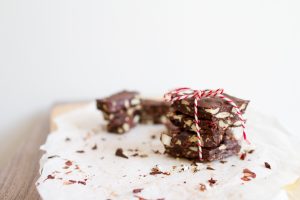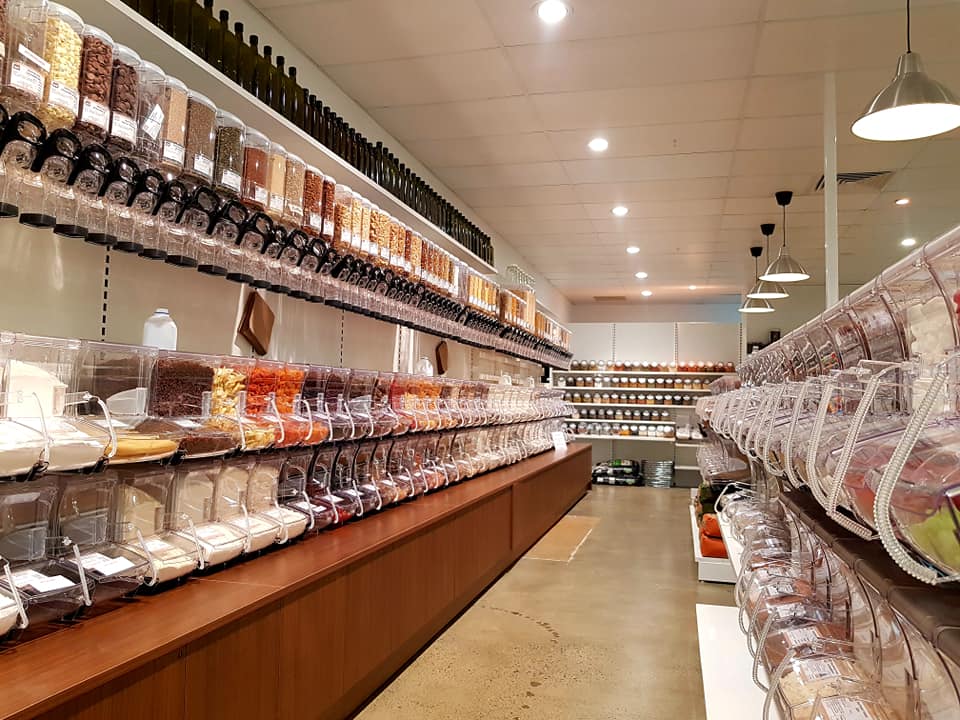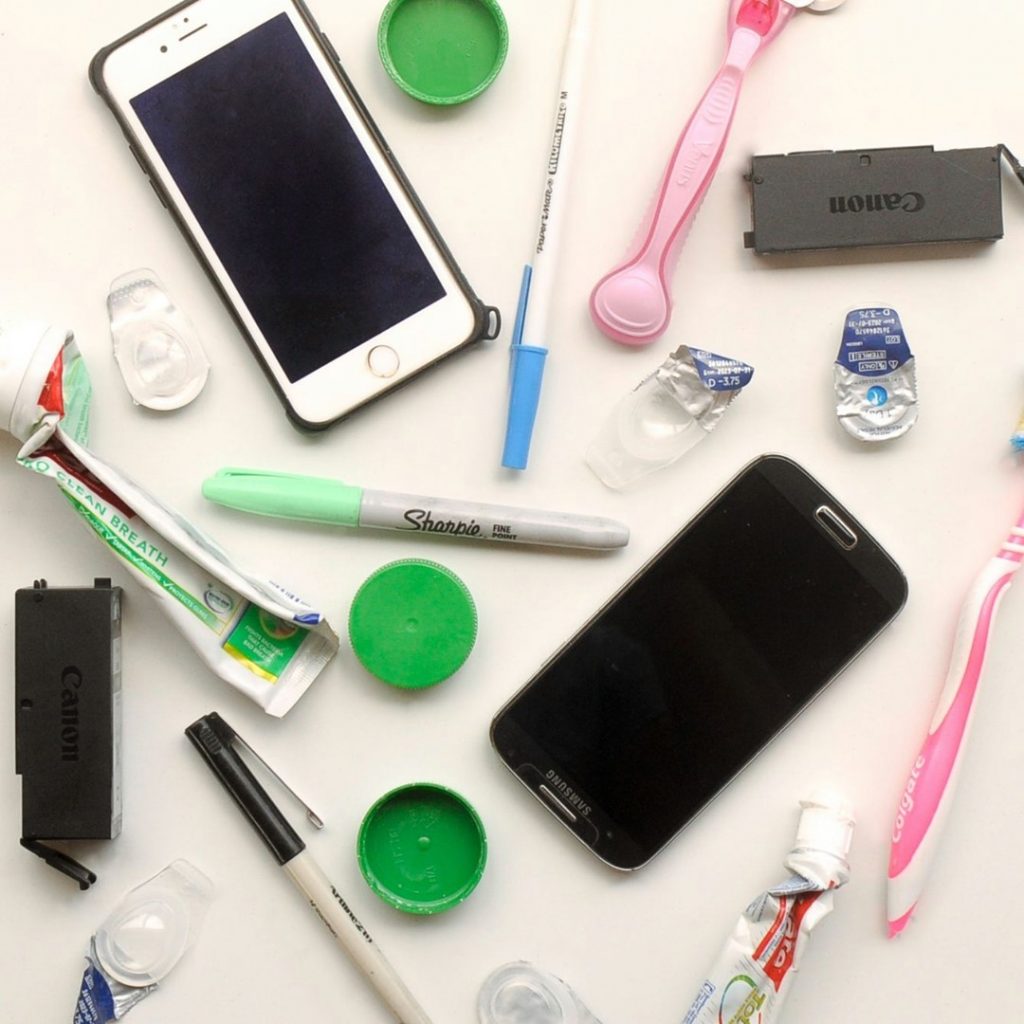
Discover the Difference with Wasteless Pantry’s Unique Recycling Programs
Not all items are suitable for your regular yellow top kerbside bin recycling. At Wasteless Pantry, we bridge this gap by offering unique recycling services for those hard-to-recycle items, ensuring that they are responsibly processed and don’t end up in landfills.
Updated 20 Feb 2024
Beauty Product Packaging Recycling Initiative
Locations: Mundaring and Bassendean
We welcome a variety of beauty product containers such as tubes, tubs, bottles, lids, droppers, small jars, and non-aerosol deodorant packaging. Please ensure items are empty and free from makeup brushes, haircare products, aerosols, hazardous goods, and cardboard.
Blister Pack Recycling Service
Locations: Mundaring and Bassendean; Cash donations appreciated as it costs $192 per box to provide this service
Safely recycle any brand of empty medicinal blister packs. Please dispose of unused medicine at your local pharmacy and recycle outer cardboard packaging through your regular bin.
Comprehensive Contact Lens Recycling
Note: The trial at Mundaring is currently paused
We collect all brands of disposable lenses and their packaging. Cardboard should be recycled through your regular bin.
Disposable Razor Recycling Program
Locations: Mundaring and Bassendean
Return all brands of disposable blades, razors, and their plastic packaging for recycling. Cardboard packaging should be recycled separately.
Hair Care and Dye Kit Recycling
Locations: Mundaring and Bassendean
Our program accepts all brands of hair coloring and hair care packaging that can’t be recycled via your kerbside bin. Please exclude cardboard packaging.
Household Battery Collection
This program is now closed – please recycle via Coles, Aldi or Woolworths collection boxes.
Ink Cartridge Recycling Effort
Locations: Mundaring and Bassendean
Recycle your brand name inkjet, toner cartridges, and other printer consumables with us. Please remove all packaging before drop-off.
Mobile Phone Recycling for a Cause
Locations: Mundaring and Bassendean
Donate all mobile phones and chargers. Devices are either reused once date has been removed or responsibly recycled through Mobile Muster.
Oral Care Recycling Program
Locations: Mundaring and Bassendean
Bring in your empty toothpaste tubes, caps, plastic packaging, toothbrushes, and floss containers. Exclude bamboo and electric toothbrushes.
Plastic Bottle Top and Rings Recycling
Note: On hold until 2024; then available at Bassendean
Collect and return small beverage plastic bottle tops and rings for recycling. Foam inserts should be removed. These can also be recycled via Containers for Change locations.
Writing Instruments Recycling Drive
Location: Mundaring
We accept any brand of pen, marker, highlighter, and more. Exclusions include glue sticks, erasers, wooden pencils and cutting objects.
Explore More Recycling Options
For additional specialist recycling opportunities in your area, visit www.recycleright.wa.gov.au.

